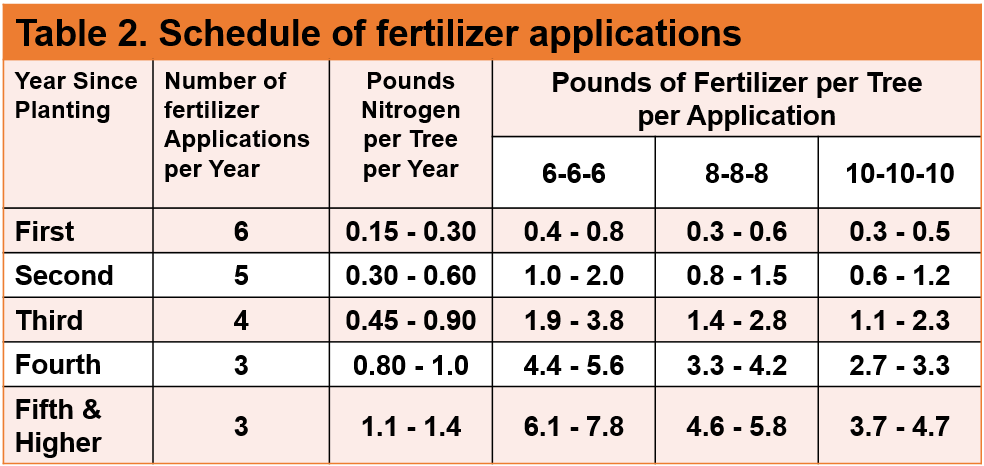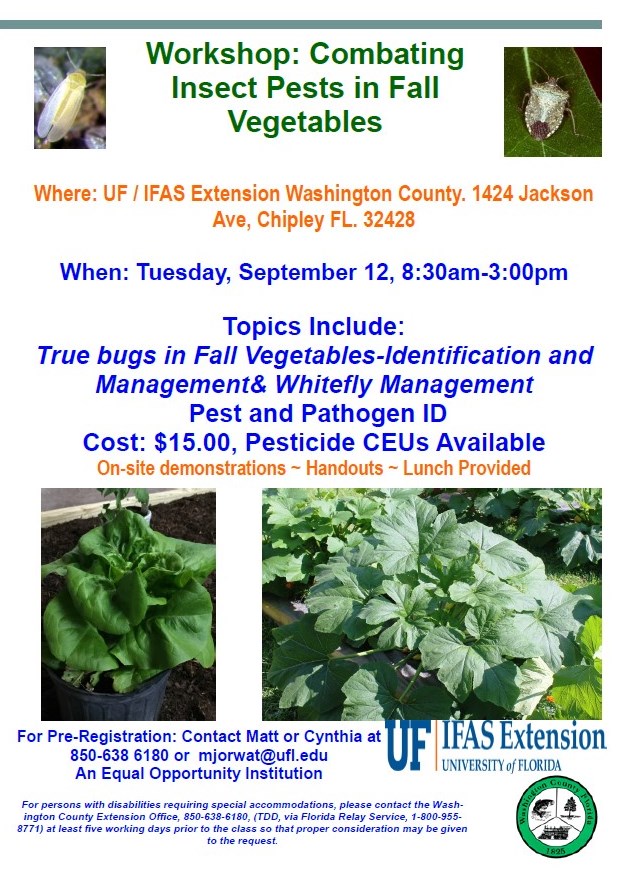
by Matthew Orwat | Aug 26, 2017
 This event has been cancelled due to Hurricane Irma and the impact it is having on the speakers, who were planning on travelling from central Florida. Rescheduled for February 2018
This event has been cancelled due to Hurricane Irma and the impact it is having on the speakers, who were planning on travelling from central Florida. Rescheduled for February 2018
Entomology specialists from the University of Florida and Extension agents will be leading hands on sessions focusing on insect pest management in vegetable production. This workshop is relevant to anyone growing vegetable crops in any season, but will have a special focus on fall vegetable pests.
Lunch will be provided and CEUs for pesticide license holders will also be available.
Cost: $ 15.00
Address: Washington County Ag Center East Wing, 1424 Jackson Ave, Chipley FL 32428.
Time: 8:30am-3:00pm
Pre Registration required for count: Contact Nikki or Cynthia at 850-638-6180 or email Matthew Orwat at mjorwat@ufl.edu
or register online at eventbrite HERE !
Agenda
-
Welcome and Introduction 8:30am-8:35 Matthew Orwat, Washington County Cooperative Extension, Amanda Hodges, University of Florida
-
True bugs in Fall Vegetables-Identification and Management 9:00am-10:15am
-
Cowpea Curculio 10:15am-10:30pm
-
Break 10:30am-10:45am
-
Whitefly Management 10:45am-11:10am
-
Invasive Species problems in North Florida Vegetable Production 11:10am-11:30am
-
Invasive Stink Bugs and Related True Bugs 11:30am-11:50pm
-
Lunch 11:50pm-12:30pm
-
Tomato leafminer Tuta absoltua 12:30m-12:45pm
-
Old World bollworm and Exotic Spodoptera Pests 12:45pm-1:05pm
-
Common Vegetable Plant Diseases in the Florida Panhandle 1:05pm-1:35pm
-
Pest and Pathogen Walk 1:35pm-2:05pm
-
CAPS Exotic Corn Diseases of Concern 2:05pm-2:35pm
-
Sample Submission, Arthropod and Disease samples 2:35pm-2:50p
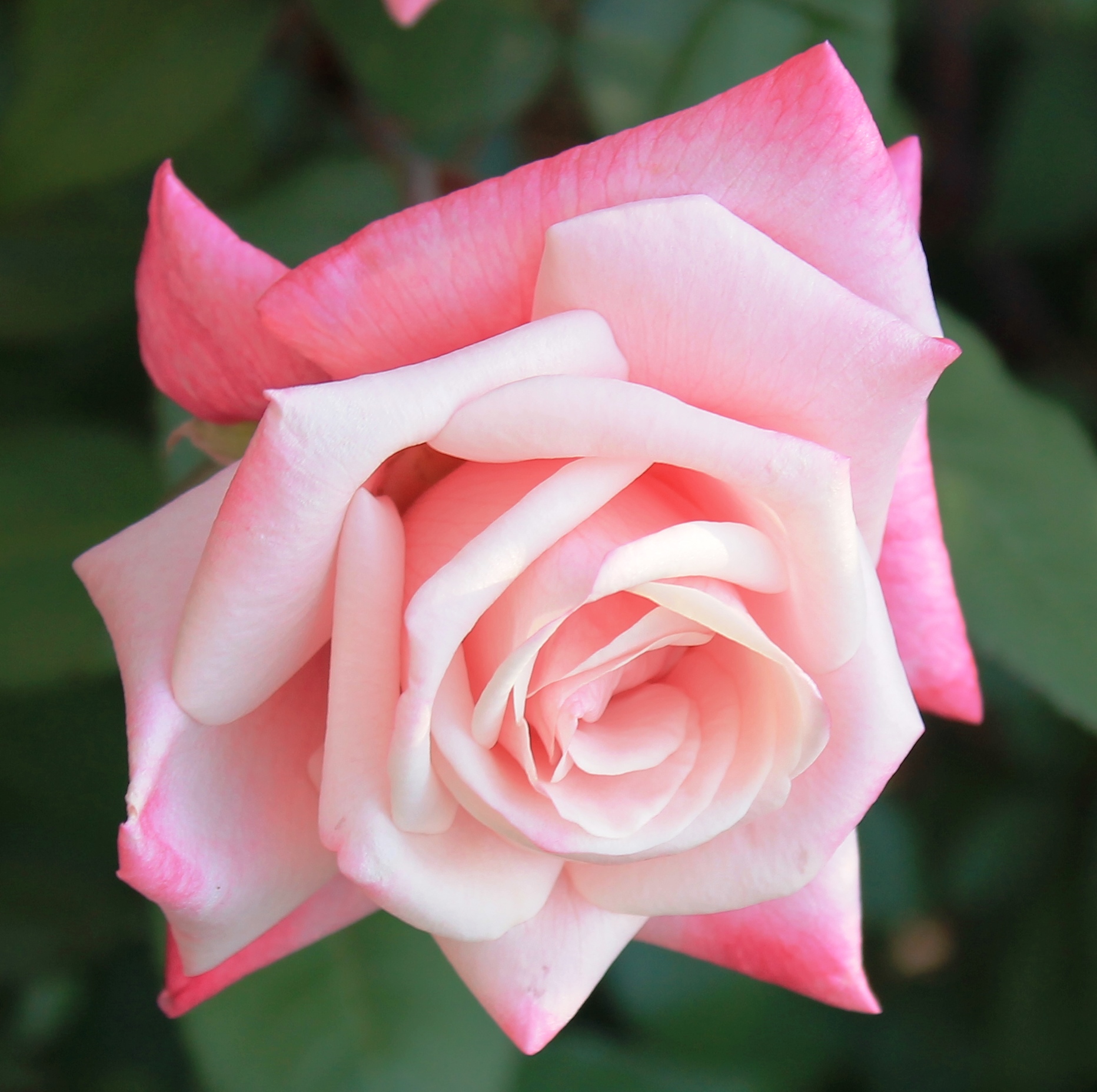
by Matthew Orwat | Aug 24, 2017
On Saturday, September 16th, 2017, from 9AM to 12PM, UF / IFAS Extension Washington County will be providing a rose gardening workshop for gardeners across the Panhandle. Many roses are hard to grow in the Florida Panhandle without investing considerable time and energy into spraying for insect and disease problems. This workshop will teach attendees how to select and sustainably grow roses adapted to the hot-humid conditions of the Southern Gulf Coast. There will be opportunities for outdoor learning and hands-on activities.
Topics include:
- Selection of disease resistant rose cultivars adapted to the lower South
- Resources to obtain hard to find easy care rose cultivars
- Soil and Nutrient Management
- Disease and insect management
- Irrigation
- Rose Propagation
Participants will be given the opportunity to propagate their own rose and take home their own propagation assembly to grow their own roses from scratch.
Refreshments will be provided and a door prize will be available.
Address: Washington County Ag Center Auditorium, 1424 Jackson Ave, Chipley FL 32428.
Pre Registration required for count: Contact Nikki or Cynthia at 850-638-6180 or email Matthew Orwat at mjorwat@ufl.edu
or register online at eventbrite HERE !
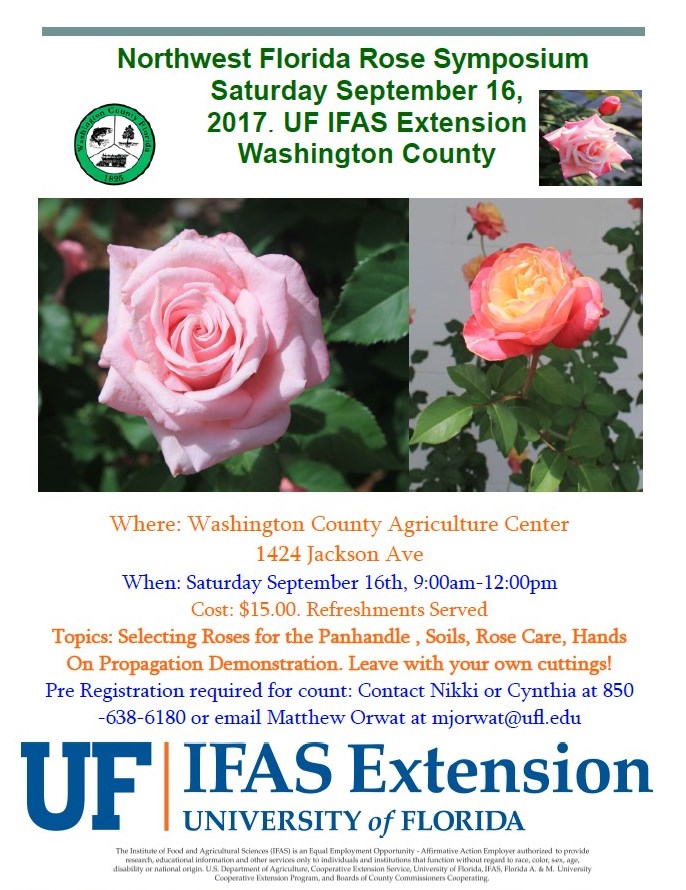
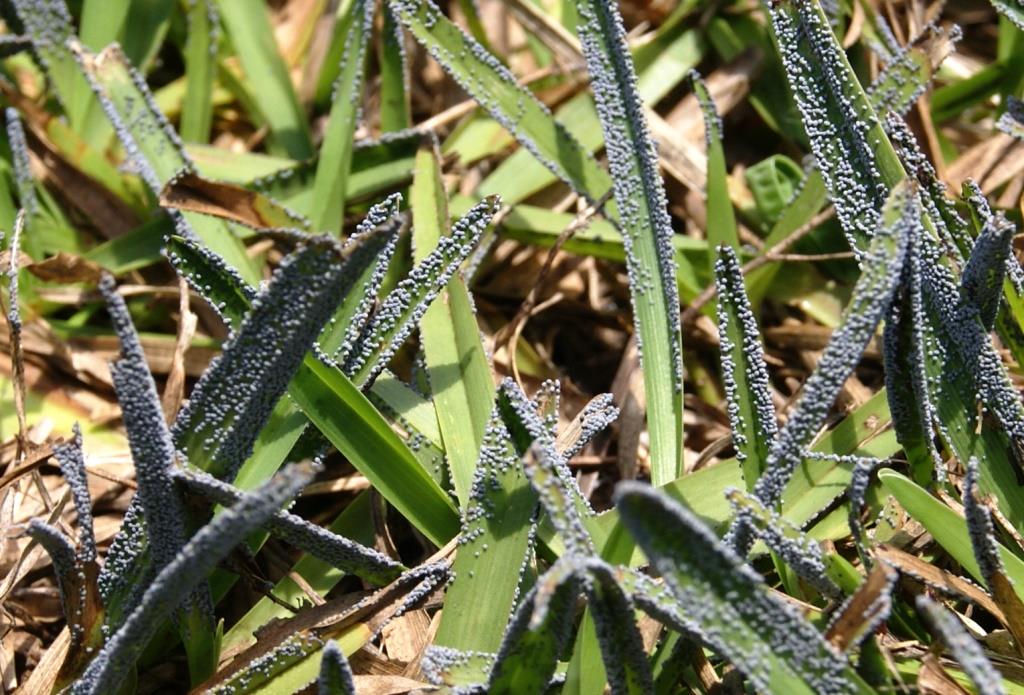
by Matthew Orwat | Jun 16, 2017
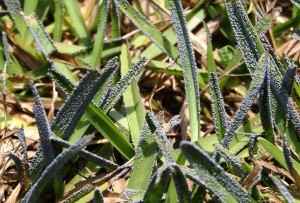
Slime Mold Sporangia. Image Courtesy Matthew Orwat
Although black or white streaks are shocking when they appear on an otherwise healthy lawn, slime molds are rarely harmful.
Slime mold is actually caused by the reproductive structures of an array of different organisms, classified as plasmodia or Protista, which are regularly present in the soil. They are often mistaken for fungi. The different types are referred to as myxomycetes or dictyosteliomycetes. They usually appear on warm humid days in late spring or early summer after extended periods of rain. This extended period of heat and humidity, as is currently being experienced in the Florida Panhandle, initiates the perfect climate for slime mold development.
While regularly present in the soil, they usually make a visual appearance on warm humid days in late spring or early summer after extended periods of rain. This extended period of heat and humidity, currently being experienced in the Florida Panhandle, initiates the perfect climate for slime mold development.
As depicted in the picture, slime mold makes the lawn look like it was just spray-painted with black or grey paint. They can sometimes be pink, white, yellow or brown as well. The round fruiting bodies, called sporangia, carry the spores which will give rise to the next generation of the mold. After a few days the sporangia will shrivel up, release the spores and leave no noticeable trace on the lawn.
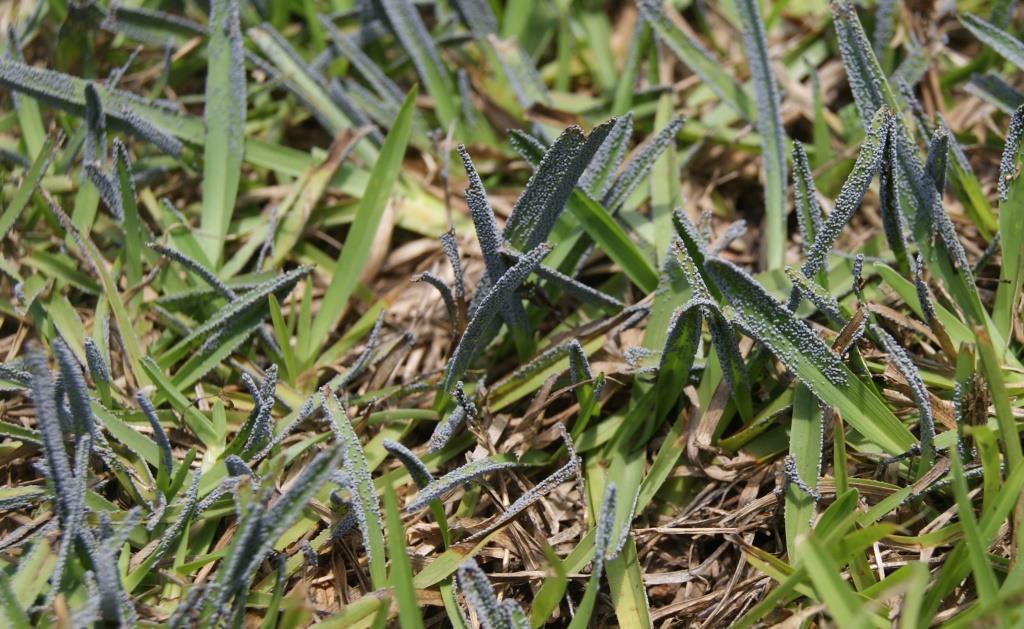
Closeup: Slime Mold in Centipedegrass. Image courtesy Matthew Orwat
Currently, no fungicide exists to control slime mold because chemical control is not necessary. An excellent method to speed up the dissipation of slime mold is to mow or rake the lawn lightly. This will disturb the spores and hasten their departure. Another effective removal method is to spray the lawn with a forceful stream of water. This process washes off the slime mold sporangia and restores the lawn to its former dark green beauty.
Excessive thatch accumulation also increases the probability of slime mold occurrence.
For more information consult your local county extension agent consult the UF / IFAS Slime Mold Fact Sheet, or read the Alabama Cooperative Extension publication Slime Mold on Home Lawns.
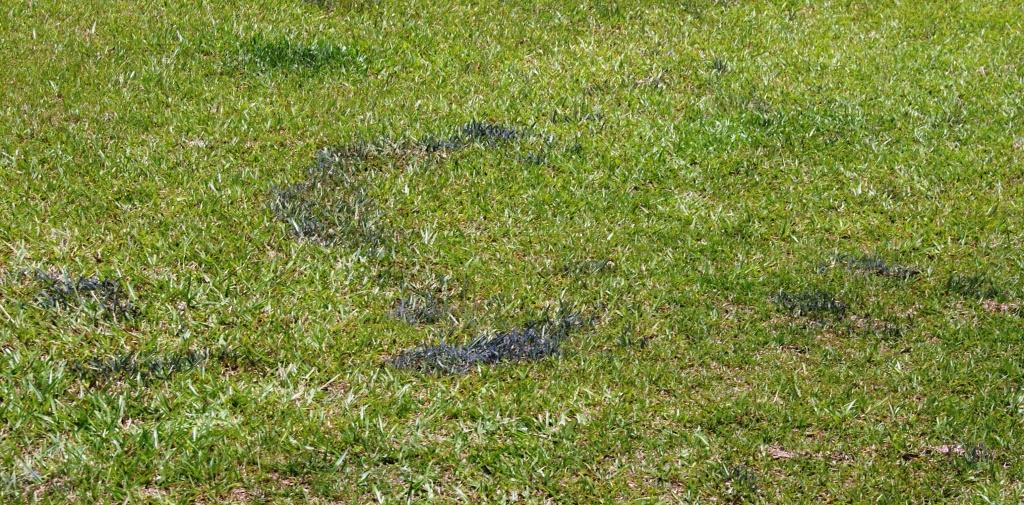
Slime Mold in Centipedegrass. Image Courtesy Matthew Orwat
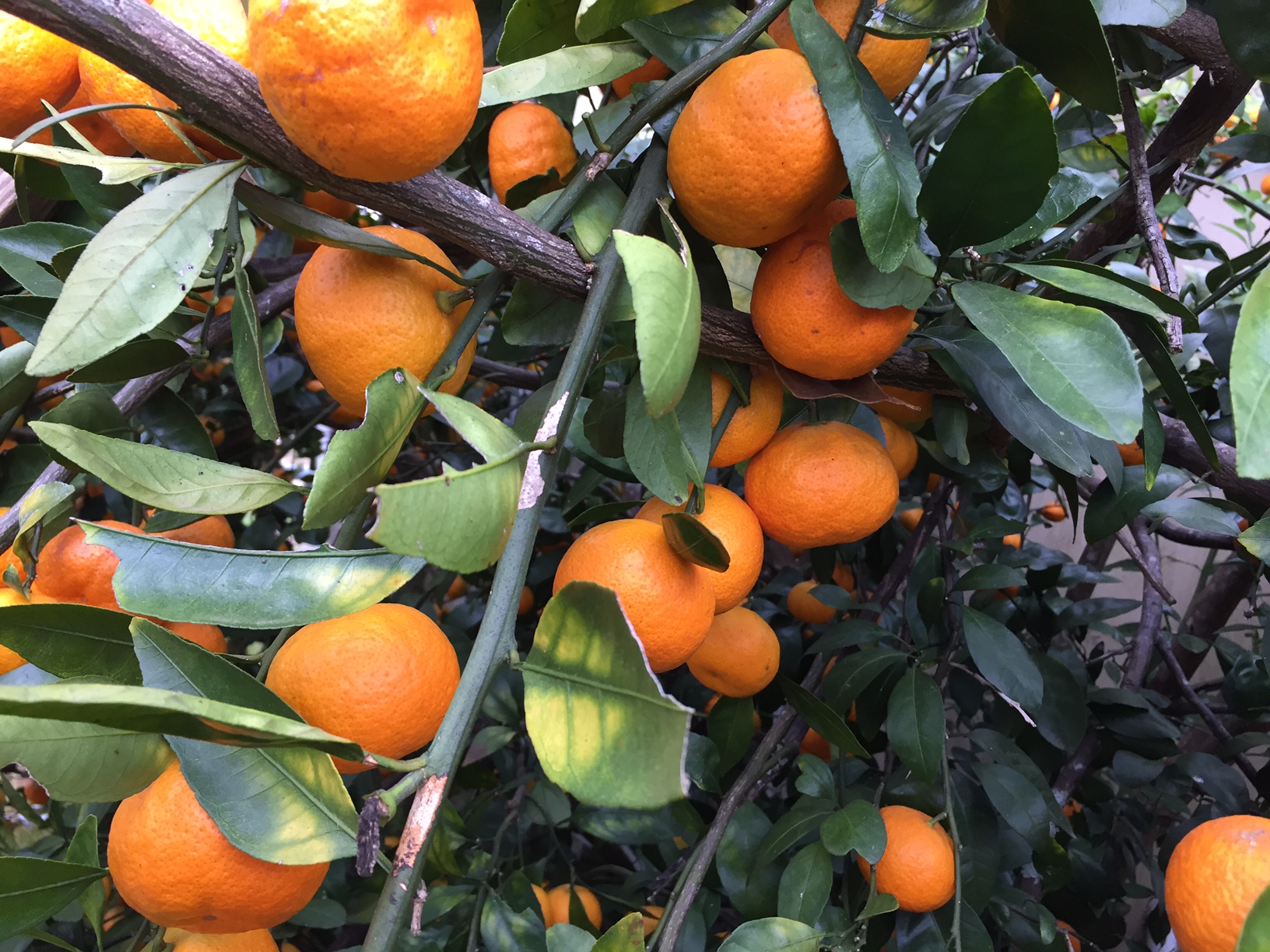
by Matthew Orwat | Feb 14, 2017
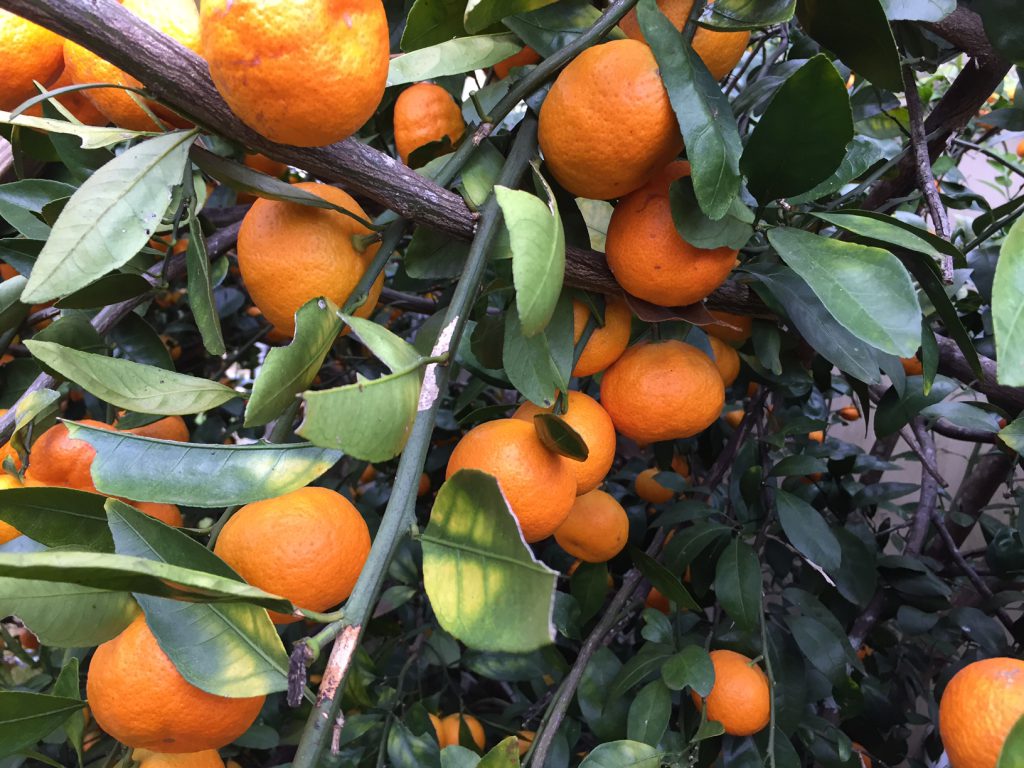 Dooryard citrus enthusiasts may be uncertain about late winter management of Satsuma and other citrus trees. Several questions that have come in to the Extension Office recently include:
Dooryard citrus enthusiasts may be uncertain about late winter management of Satsuma and other citrus trees. Several questions that have come in to the Extension Office recently include:
- Should I prune my trees?
- Why are the leaves yellow?
- How soon should I fertilize?
The focus of this article is to provide some answers to these common questions.
Should I prune my trees?
This is a complicated question that is best answered with “it depends…” Pruning is not necessary for citrus, as it is in many temperate fruits, to have excellent production quality and quantity. Citrus trees perform excellently with minimal pruning. The only pruning necessary for most citrus is removing crossing or rubbing branches while shaping young trees, removing dead wood, and pruning out suckers from the root-stock. Homeowners may choose to prune citrus trees to keep them small, but this will reduce potential yield, since bigger trees produce more fruit.
Often, maturing Satsuma trees produce long vertical branches. It is tempting to prune these off, since they make the tree look unbalanced. To maximize yield, allow these branches to weep with the heavy load of fruit until they touch the ground. This allows increased surface area for the tree, since the low areas around the trunk are not bare. Additionally, weeds are suppressed since the low branches shade out weed growth. The ground under the trees remains bare, thus allowing heat from the soil to radiate up during cold weather events. The extra branches around the trunk offer added protection to the bud union as well. If smaller trees are desired for ease of harvest, ‘flying dragon’ root-stock offers dwarfing benefits, so that the mature scion cultivar size will only grow to 8-10 feet tall.
Heavy fruit loads were produced in many home gardens throughout Northwest Florida last year. When fruiting is heavy, citrus trees translocate nitrogen and other nutrients from older leaves to newer growth and fruit. Therefore, temporary yellowing may occur and last until trees resume growing in the spring. Remember, never fertilize after early September, since fertilizing this late in the year can reduce fruit quality and increase potential for cold injury. If a deficiency, as in the photo above persists through spring, consider a soil test, or consult a citrus production publication to determine if additional fertilizer should be added to your fertilizer program.
How soon should you fertilize?
Although most Florida citrus publications recommend fertilizing citrus in February, they don’t take into account the potential for late frost in the Panhandle. Thus it makes more sense to wait until mid-March for the first fertilizer application in this region. Citrus trees don’t require a fertilizer with a high percentage of nitrogen, so it is best for fruit quality if an analysis of around 8-8-8 with micro-nutrients is used. Fertilizer should be applied in the drip-line of the tree, not around the trunk. The drip-line of a mature tree is generally considered to extend one foot from the trunk out to one foot from the edge of the furthest branch tip from the trunk. For fertilizer quantity recommendation see the chart below.
Through awareness of the unique managements techniques inherent to dooryard citrus production in the Panhandle, home gardeners are offered an opportunity to provide their friends and family with a substantial portion of their annual citrus !
For more information on this topic please use the following link to the UF/IFAS Publication:
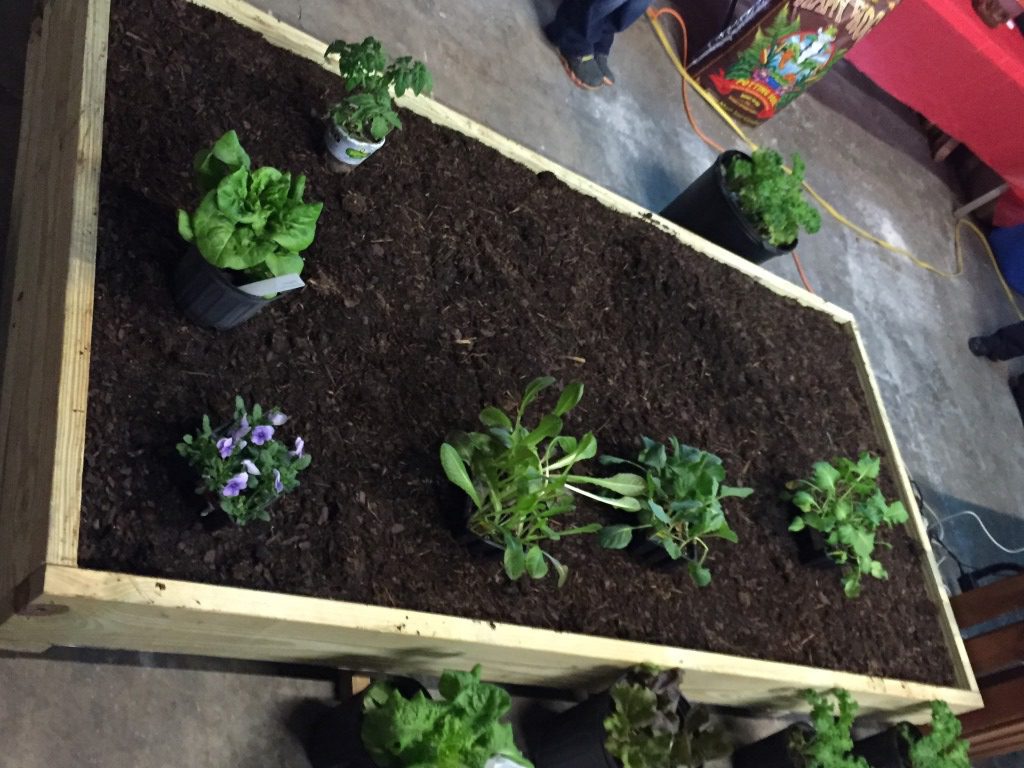
by Matthew Orwat | Jan 26, 2017
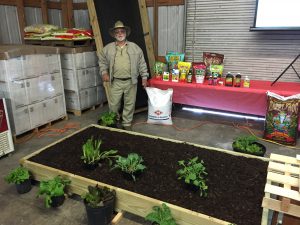 Now is the time to start planning for a spring garden! There are many different methods of successful gardening but here I’d like to discuss raised bed gardening.
Now is the time to start planning for a spring garden! There are many different methods of successful gardening but here I’d like to discuss raised bed gardening.
A few advantages of raised beds:
- Raised bed gardens provide an opportunity to bring the family together for some quality time. Add ways that you can enjoy the time with your spouse, child or grandchild. This gives you a chance to see the wonder on their faces as the plants sprout and flourish.
- Share the joy as you smell the flowers and pick the fruit.
- Provide a bouquet for the table as you add an item from the garden to your family meal.
A special kind of raised bed garden, known as an enabling garden, provides individuals needing assistance a way to garden with ease. Many have the impression that building such a garden is expensive, but it is not much more expensive or difficult than building a raised bed garden on the ground. First, begin by trimming and framing a raised bed garden just as you would for a ground level raised bed.

Materials
- 2 – (2X8) boards 14 foot long (treated or cedar)
- 2 – 2 ½ foot end pieces trimmed from a 2×8 board (treated or cedar)
- Central brace board trimmed to fit the inside of the bed
- 16 – 3 inch screws
- Table Saw
- Drill
- Extension Cord
- Durable base such as metal screening, lined with permeable weed barrier, attached to the frame securely.
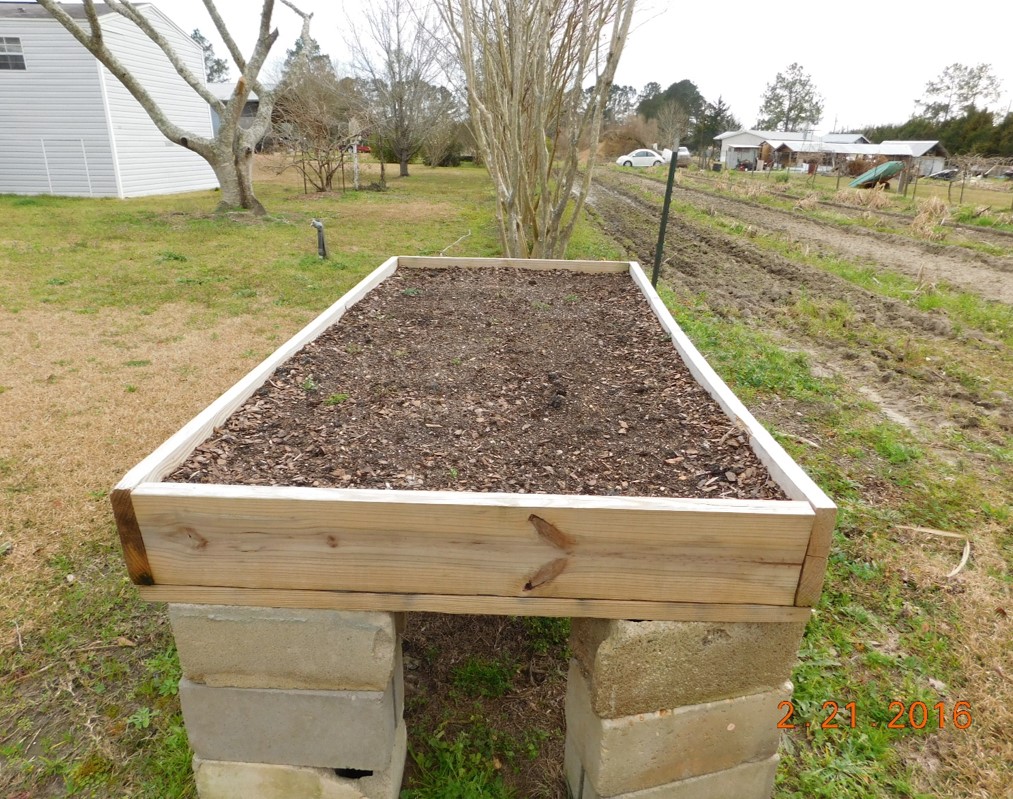
Once it is made, raise it to the desired level by placing it on cinder blocks. Add enough soil or compost to mound slightly higher than the lumber. Make sure the compost is well rotted, or use sterile potting soil. Don’t use soil from the garden since it may contain root diseases. Smooth out media evenly. Purchase a drip hose or line and run back and forth over the center area. Young plants will not have a large root so make sure the irrigation delivers adequate water to the entire bed.
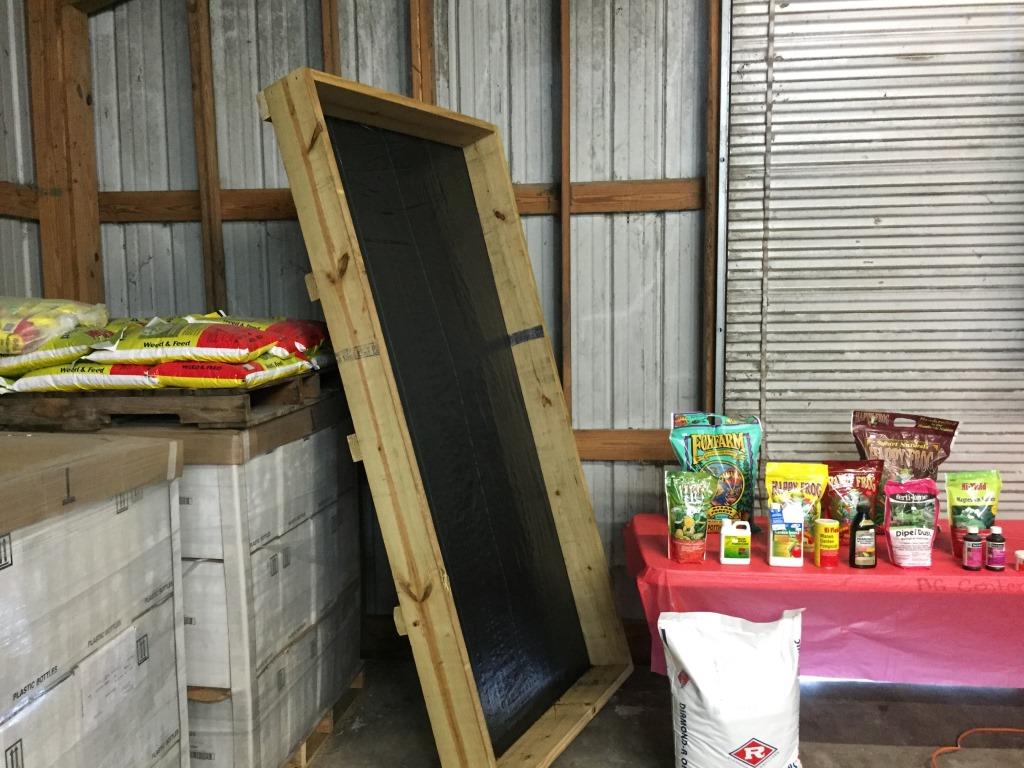
Many different vegetables herbs can be grown in raised beds but peppers, squash, eggplant, cherry tomatoes, basil, thyme, oregano and mint make excellent choices for a spring raised bed. Happy Gardening !


 This event has been cancelled due to Hurricane Irma and the impact it is having on the speakers, who were planning on travelling from central Florida. Rescheduled for February 2018
This event has been cancelled due to Hurricane Irma and the impact it is having on the speakers, who were planning on travelling from central Florida. Rescheduled for February 2018








